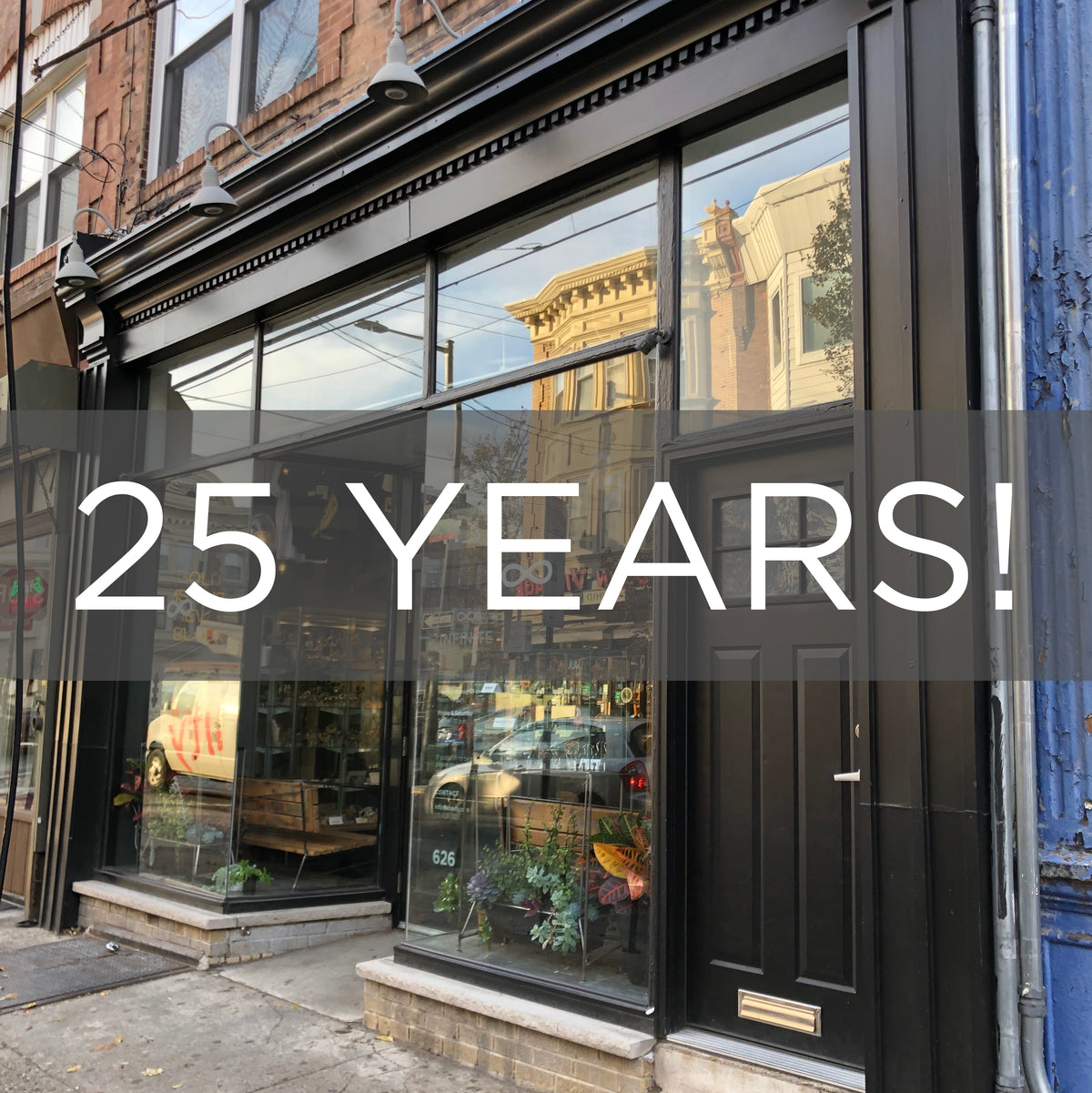
Twenty-five Years
February 1, 2020 marks twenty-five years since Infinite Body Piercing opened its retail location on South Street’s Fabric Row in Philadelphia. None of us who were around at the beginning could have imagined where we would be today—really, where the piercing industry would be today. To understand where we are now, you need to know what things were like when we started, and what has changed over the last quarter decade. What follows is an abridged version of Infinite Body Piercing’s history.
The seeds for Infinite go all the way back to the late 1980s, when modern body piercing was slowly growing from its roots in the gay leather/BDSM community and into the queer punk underground. What really started this was the publication of the book Modern Primitives in 1989.
At the time, I was attending Philadelphia’s University of the Arts and majoring in jewelry and metals. I had pierced my ears multiple times (and even my navel) as part of my punk teenage years, but it was while I was at college that I discovered the larger world of body piercing. It all came about because of an ad for Gauntlet in the back of On Our Backs magazine. I sent away for a catalog, and looking back, that is when my life forever changed.

It showed another world, another culture going on in California that was so exotic, and I so wanted to be part of it. I desperately wanted to get more piercings, but there was nowhere to go! Today, there is at least one good studio in almost every large city, but back then there were only a handful of studios in the United States—and most were on the West Coast. When I asked at the local tattoo shop (the one that supposedly offered the service) I was rebuffed by a gruff tattoo artist who made it clear he thought little of me and my questions.
Raelyn Gallina and Female Trouble
Luckily, a flyer at the local LGBT bookstore advertised a visit by Raelyn Gallina. Raelyn was a piercing pioneer who primarily worked in the women's leather/BDSM community. She would make visits to cities on the East Coast to offer piercing and scarification services at the house of her host. To give some context: This was when AIDS was finally hitting the mainstream, after years of being seen as something limited to the gay community. As a result, sex and sexuality became political. Groups like ACT UP pushed for more recognition of people marginalized because of their sexuality—but many LGBT communities were still fragmented. To be a lesbian into BDSM often found you even more marginalized—so social clubs formed to support like-minded BDSM practitioners. In Philadelphia, you had Female Trouble, who would sponsor Raelyn on her trips to the city. I was lucky enough to be pierced by Raelyn Gallina on one of her yearly visits.

Besides Raelyn’s infrequent visits, there was nowhere else that I knew of on the East Coast to get pierced, so I was ecstatic when I learned that they would soon be offering body piercing services at the local leather shop in “the gayborhood” in Philly. On their first night offering piercings, I ran over after class and met their piercer, John Paul McConnell, who I immediately asked for an apprenticeship. He politely declined, but graciously invited me to sit in on nights he was there. I would go every week. It was an amazing experience, not only to watch another piercer, but to spend time among leathermen in the back room. It was a whole new experience for a young (mostly) straight kid from the New Jersey suburbs. It was eye-opening in a lot of ways.
Soon, I was piercing not only friends, but friends-of-friends, and found myself to be a piercer for hire. I was mail-ordering needles through the Gauntlet catalog and making my own rings—and charging $25 for each piercing, hand-made ring included! Ultimately, making my own jewelry wasn’t sustainable, so I had to find an alternative.
South Street
Besides one shop selling custom gold, the first place to start selling body jewelry was a shop on South Street called Inferno, started by two former employees of the Philadelphia punk-rock institution Skinz. When I was in high school living across the bridge in New Jersey, South Street was everything a post-punk art-school-aspiring teenager would want. By the time I started college, Skinz had closed, Trash and Vaudeville would close after a fire several years later, and Zipperhead would change owners. The trifecta of punk boutiques would be no more, but South Street was still where you went for obscure books, records and CDs—and of the record stores, Tower Records loomed large over them all. I started working at Tower in ‘91, and continued until I graduated from school. Little did I know then that I would be on South Street for almost three decades.
As I frequented Inferno I became friendly with the owners. I was buying jewelry there to resell to my piercing clients (at cost!), and getting referrals from the store at the same time. Soon, the owners decided to have me pierce out of the back of the store, one day a week, by appointment. I turned the back room from storage for t-shirt back stock to a makeshift piercing room. In March of 1993 I started piercing one day a week, and that soon became two days a week. That summer I graduated from college with a BFA, worked weekends at Tower Records and spent several days a week piercing in the evenings in the back of Inferno.
Then the Aerosmith video came out, and everything changed.
In June of 1993, Aerosmith unleashed their video for the single “Cryin’.” In it, Alicia Silverstone (or her body double, actually) has her navel pierced. It was a watershed moment for piercing, when something just tapped into the zeitgeist of the time so perfectly. I went from piercing several days a week to five days a week with a two-week waiting list for appointments. We hired a second piercer and a dedicated counterperson. Body piercing had hit the mainstream, and we saw business explode in popularity. Everyone and their mother (literally) wanted to get their navel pierced.
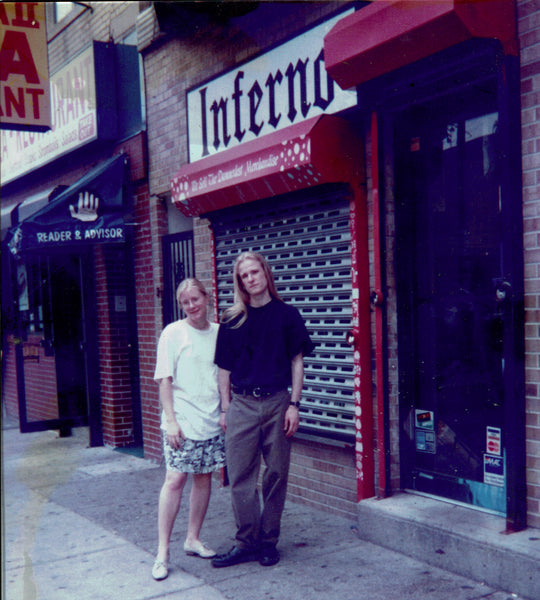
With the increased business, I tried to convince the owners of opening a piercing-only studio. I brought up the incredible revenue they were getting from jewelry sales alone. They dragged their feet, and I would pester them some more. Finally I got an answer: “No.”
Alright, I thought, I guess I’ll have to do this on my own.
Infinite Body Piercing Opens
Infinite Body Piercing Piercing was incorporated in Philadelphia on December 1, 1994. On January 6 of the next year I signed a lease for the current space at 626 South 4th Street, and with a lot of work and help from some very dedicated friends we opened the doors on the first of February, 1995. I have neighbors who are still in the same shops on our street, and they tell me now that they were all thinking the same thing when we opened: A piercing shop? There is no way this is going to work. In the beginning, we weren’t so sure it would work either.
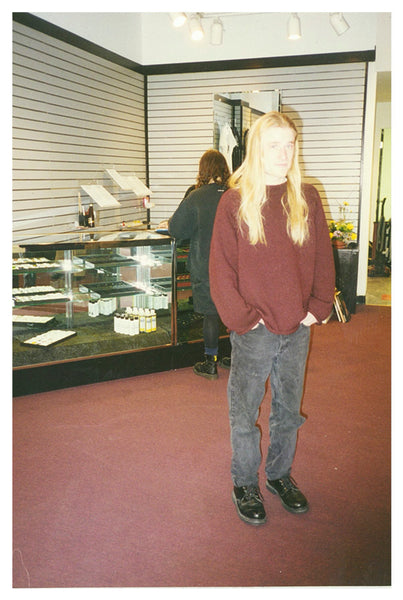
We opened up on 4th Street, on historic Fabric Row in Philadelphia, on a block that is now often referred to as “Tattoo Alley”: there are four tattoo shops on our block alone, with us as the fifth body art studio. All of us opened within eighteen months of each other, and when we all moved in not everyone was happy. There was still a stigma against tattoo studios as bringing an “undesirable” element to the street, with talk of increased drug traffic, motorcycle gangs, and rowdiness late into the night. Unfortunately, they weren’t totally wrong. When we opened, tattooing was still evolving and transitioning from outlaw street shops to the more respected craft it is seen as today. There was feuding between studios, between owners, and more than a few motorcycles in the early years.
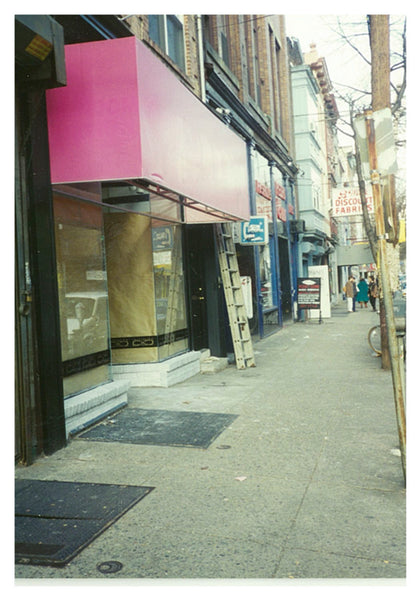
But things have changed, and what was once seen by many as a decline in the quality of businesses on this street has changed to a destination for quality tattooing and piercing. As other stores have come and gone, all of us are still here twenty-five years later.
So why the name? When I left Inferno to open my own studio, things didn’t go well, and we didn’t leave on good terms. As we were opening a studio that would be their competitor, the owners insisted that we couldn’t say we were “formerly from Inferno” in our promotional materials. We wanted to make sure our clients could find us, so I deliberately picked a name that would be close to “Inferno” in the phone book. So after some free association, I came up with “Infinite”—and that’s how Infinite Body Piercing got its name.
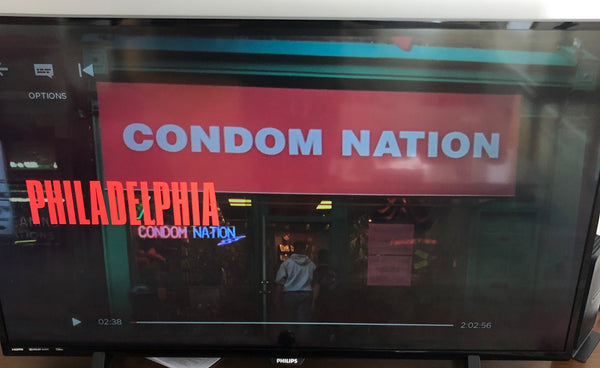
Fun Fact: The location we rented was the former address of one of the first condom stores in the United States, Condom Nation. You can see the pink awning in the opening montage of the movie Philadelphia.
The 1990s
When we opened, “alternative” music was what was on the radio. Smashing Pumpkins and Green Day were everywhere. Industrial music was now mainstream, and NIN was the music most played at the studio—along with the Roots Do You Want More?!!!??! And Nas’ Illmatic. We were piercing navels all day, every day. The downside in the popularity of navel piercings was there weren’t enough shops to keep up with the demand, and piercing was still unregulated—with most people having little knowledge about how it should be done. We pulled a lot of ear studs out of navels that were done with ear piercing guns
Piercing in the early 90s was still part of the neo-goth industrial aesthetic, but this slowly gave way to rave culture as the late 90s came around. The mid-nineties were spikes and large-gauge rings; the late-90s were plastic jewelry and stretched ears—and tongue piercings. We would easily do twenty tongue piercings a day, if not more. Colorful acrylic jewelry was the fashion: fluorescent and dayglo colors in stretched ears. Eyebrow piercings became incredibly popular too.
In the later part of the decade the soundtrack for the shop was Lauryn Hill's The Miseducation of Lauryn Hill, Monster Magnet’s Powertrip and Radiohead’s OK Computer—we listened to OK Computer over and over and over again. EDM music was everywhere. Infinite even financed a rave, organized by one of the employees, that took place on Halloween night in 1997.
The 90s were a time of intense growing pains. We had started out as friends who were passionate about piercing, and we all wanted to create something amazing—but we were young, and I had no experience running a business. We were all the same age, so creating a management/employee environment was hard. We worked together, we socialized together, we drank together, we did drugs together. We dated both inside and outside of this small circle, we made all the mistakes that friends do running a business together. Employees left, new employees started, and we soldiered on. We spent the 90s growing up. It was a great time, but a painful one too, and many friendships wouldn’t survive.

Through it all, the shop prospered. In 1998, through hard work and a lot of luck we were able to purchase our building. It was official: we weren’t going anywhere.
Heavy-Modification Work
As piercing came of age, what exactly piercing was was just starting to be established. Through trial and error—mostly by Gauntlet in the 70s and 80s and other early pioneers—we knew which piercing worked and which didn’t. By the time we opened in the mid-90s, the menu of possible piercings had already been established and perfected, but there were those of us who still pushed the envelope on what body piercing was, or could be. It was an exciting time, and we all felt like we were in on the beginning of something important. Looking back, we were.
For a short while in the mid-90s we had Jon Cobb employed at the studio, the industry’s first real breakout star. Jon was an early proponent of freehand piercing (when everyone else was still using forceps to hold skin for piercing) and pushed the envelope in many ways. He is also credited as the first to perform a uvula piercing.
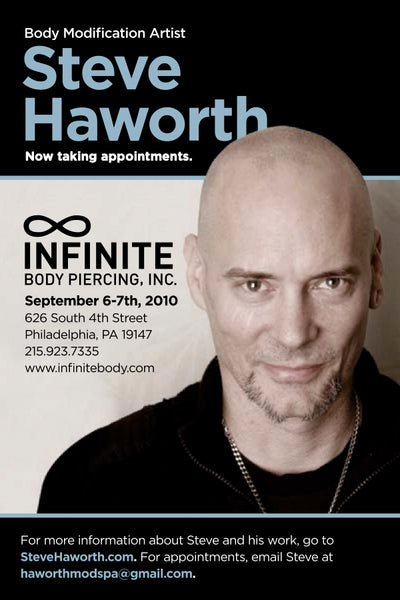
We also had Steve Haworth as a frequent guest. Steve was an early heavy-modification trailblazer, and pioneered trans-dermal and subdermal implants—like the famous (at the time) metal mohawk. He also offered subincisions, transscrotal piercings, electrocautery scarification, and later, tongue splitting.
Heavy-mod work existed in a legal grey area—and that was part of what made it exciting. Everything was so new, and it seemed like there were few rules telling us what we could and couldn’t do—but that also meant that everything was totally unregulated, and that obviously couldn’t last.
Philadelphia Body Art Regulations, and the Start of the APP
When we started, there were no body art regulations in Philadelphia. (In fact, there were few regulations anywhere in the country.) Shortly after we opened, we were contacted by the Philadelphia Board of Health, who were working on regulations covering body art in Philadelphia. They had working drafts of the regulations that were distributed to all the City’s tattoo and piercing studios. We spent several days going through the wording and making suggested changes, thinking that we should try for what we wanted, and at worst our changes would be ignored. Imagine our surprise when we were told that 1) we were the only studio that submitted suggestions, and 2) that all of our suggestions were to be included in the final draft! That’s how Philadelphia ended up adopting informed regulations, and how we became one of the first in the country to have regulations that mandated internally threaded jewelry for initial piercings. The Philadelphia Body Art Regulations have been used often through the years as a model for other cities and states to follow.
The 90s also saw the formation of the Association of Professional Piercers, or APP. The APP was established in response to legislation that was pending in California in 1994, and has since grown to an international membership organization that is a resource on body piercing for legislators, healthcare professionals, piercers, and the general public. As cities, counties, and states all across the United States scrambled to get regulations in place to address the growing popularity of piercing, most found themselves unfamiliar with this new phenomenon, and in need of education. The industry needed an organization to advocate and educate on behalf of the piercers, and help to get informed, and not reactionary, legislation in place.
The APP has a yearly Conference and Exposition in Las Vegas. The first event in 1996 was little more than an industry get-together, but it has grown to a massive endeavor, consisting of five days of classes and workshops, social events, and the annual exposition, the largest gathering of body jewelry vendors in one place. It now draws in excess of a thousand people, piercers and body-art-related professionals from all over the world. As a piercing studio, our year begins and ends with the annual APP Conference and Expo.
infinitebody.com and Starting Point
From the very beginning, we have prided ourselves on being a credible and exhaustive resource of information about body piercing, not only in-store but with printed materials, such as our aftercare. When piercing first hit the mainstream and exploded in popularity, there was a drastic lack of good information about piercing. The demand exceeded places (safely) offering the service, and clients often made bad choices based on ignorance. Through the 90s, we saw not only ear cartilage and nostrils pierced with ear-piercing guns, but navel piercings as well. It took the Philadelphia Body Art Regulations to finally put a stop to that.
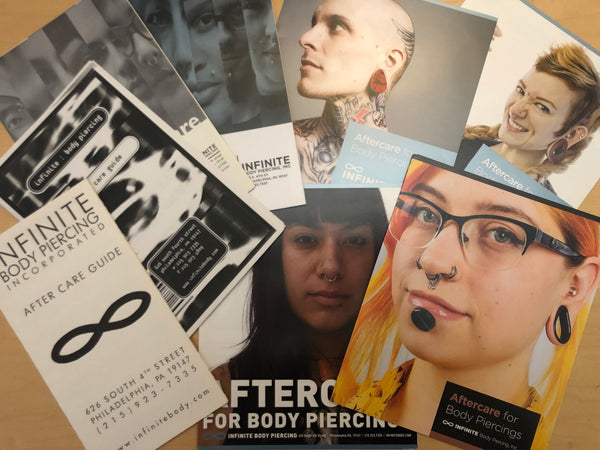
In the summer of 1997. Shannon Larratt, founder of BME, was living in Philadelphia. He had time to spare, and asked whether we would like for him to set up a website for us. That’s how we ended up with our first site, over twenty years ago. While the internet wasn’t as ubiquitous as it is today, we recognized the site as the opportunity to publish informed and comprehensive info about body piercing.
While having the site was great, we didn’t feel it was the best format to get information into the most hands. (It was still the 90s, before the Internet was everywhere.) We had originally found piercing through books and magazines, and since no one was making the resource we wanted to see, we decided to put out our own. In 2001, Infinite published Starting Point: A Primer of Modern Body Piercing. A comprehensive primer on body piercing, we included extensive information on body piercing divided by piercing type, recommendations for jewelry, healing times, numerous photos, and answers to many frequently-asked questions. For years, dog-eared copies of this book could be found in piercing studios all across the United States. While influential, much of the information is very much of the time, and this book now reads as more of an historical artifact than the comprehensive guide it once was. We still have a few copies left available for sale, for anyone who wants a small piece of piercing history.
The New Millenium
By the turn of the century, we had become a smoothly running business. Infinite has always been bigger than just one person, and as we grew and took on more staff the shop became more and more defined by the personalities who worked there. The 90s were over, and it had become obvious that piercing was more than just a trend; it was here to stay. Body piercing had passed through its rebellious stage and now struggled through adolescence to find respectability. The soundtrack for the first few years of the new millennium was The Strokes’ Is This It, the first Gorillaz album, Queens of the Stone Age’s Songs for the Deaf, Muse’s Origin of Symmetry, and The Grey Album by Danger Mouse.
In 2002, we did the first major renovations on the shop since we opened. We added display cases, got rid of our book displays, and ripped out the (sinking) floor. We installed the signature blue rubber tile and blue-hued walls that would dominate the space for the next fifteen years, until the most recent renovations in 2018.

In 2007, we saw the explosion in popularity of the surface anchor. For years, piercers have worked on perfecting a way to pierce through flat skin—and not have the piercing reject afterward. While the surface barbell had been around for many years at this point, it was the perfecting of the surface anchor that really caught on. This is a smaller, modified version of what has often been called a trans-dermal implant (popularized by Steve Haworth and others), but one that can be installed and removed with either a piercing needle or simply by hand. While piercers were excited by the new technology, the public absolutely loved them.
More Than One Person
By 2005, I took a step back from running the studio to devote more of my time to the APP. I served on the board of directors as the medical liaison from 2005 to 2008 and as the APP’s president from 2008 to 2011. I also worked as editor (and for several years as co-editor, with Elayne Angel) of The Point: The Journal of the APP from 2005 to 2012, for seven years and twenty-seven issues. Of all my experiences in the industry, this is one I am extremely proud of.
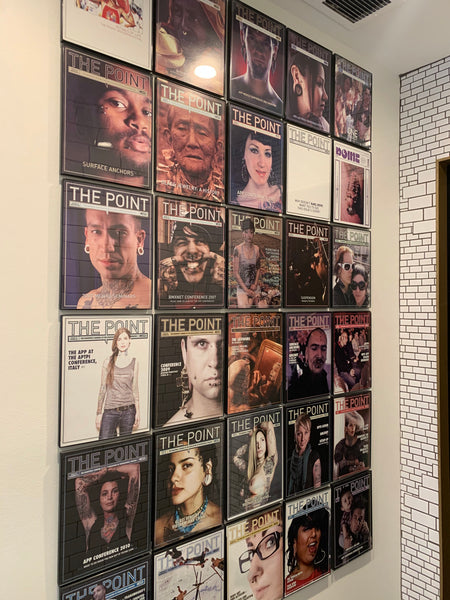
As I devoted more time to the APP, I took a less active role in the day-to-day operations of the studio. Since then, even more than before, the staff has defined the culture of the studio. We started out with three of us: two piercers and one counterperson. Through the years we have grown, and grown, and grown some more. We’ve had many incredible piercers work at the studio over the years—and no less incredible counterstaff through the years as well. Many Infinite veterans have gone on to open up their own studios: Clay Wanstrath, Kellan Smith, Kevin Jump, and now Ed Chavarria. Like any employer, we’ve had employees leave on good terms, and some on not-so-great terms, but all of them left their mark, and left a little bit of themselves behind. With each new iteration the studio gets a new focus. And it’s not just how they approach piercing, but who they are as people.
Today, we are currently at a staff of fifteen at the Philadelphia location: between full- and part-time staff we have six piercers, six countertsfaff members, and three back-end managers. We’ve grown from a shop started with a group of friends to one of the busiest piercing studios in the country, offering over 20,000 piercing and jewelry services per year.
The physical space has evolved as well. In 2015 we worked with Philadelphia Commerce Department, and the Philadelphia Historical Commission to completely rehab the facade on the property. In 2018, we started the most recent rehab, replacing our signature blue and bringing Infinite into its next iteration.
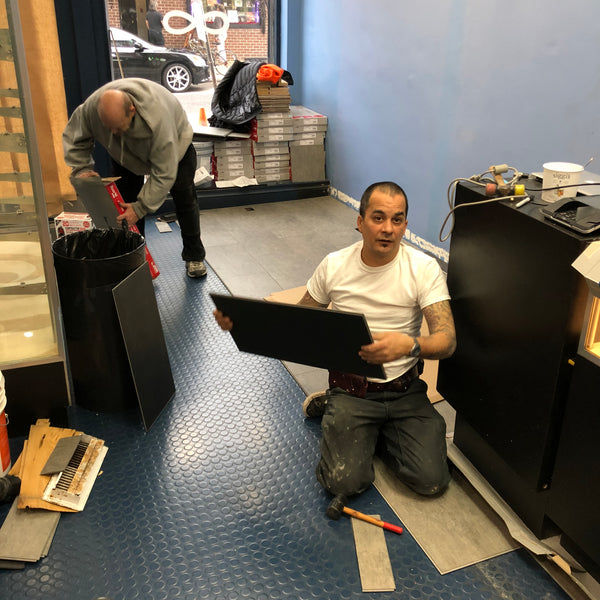
Online Store, and New Trends
As the physical space continued to evolve, so did our online space. After a lot of hard work and a tremendous learning curve, we launched our online store in 2014. There are plenty of places to order jewelry, but we wanted to create something unique: a comprehensive store and shopping experience that offered a curated approach to jewelry: We only offer jewelry that we will use ourselves in the studio.
Since opening the online store, we’ve also seen a massive shift in the industry. For years, the focus was on the piercing; now the focus is on the jewelry in the piercing. With social media, we’ve seen customers have access to more information about piercing (really, more information about everything) than ever before. Clients now know good jewelry, and are educated about the different quality of different companies. This makes our job easier, as it makes for a more educated consumer. But there is also a downside, in that there is often the perception among younger piercers that good jewelry makes a good piercer—and that is definitely not the case.
Infinite Body Piercing Today
What’s it like in the shop today? We’ve watched piercing trends come and go (and come back again), and have seen a steady rise in the popularity of piercings that continues to surprise us just as much as everyone else. It’s not unusual for the shop to be literally packed to capacity on the weekends—we’re just shy of 1000 square feet in size—and sometimes even in the middle of the week. We don’t really have a slow season anymore, but we know that we’ll be extra busy around the times that the local college students are out of class for spring break or coming back to the city before the Fall semester.
But our customers have always been more than just college students. We have regular clients who come in almost every week, sometimes just to say “Hi.” (Or stop in with a gift of their family’s delicious cannolis. Thank you!) It’s not uncommon to have someone in the studio tell us about their experience getting their navel pierced here back in 1995, and that they will be bringing in their kid for their first piercing. Though we see a lot of clients in a single day, we still operate under the same basic principle from which the shop originated: to create a safe, clean, professional, and welcoming environment for all.

What’s Next?
So what’s next for Infinite? Currently, I’m writing from Baltimore, where I have been overseeing the work on Infinite’s second location. This spring we will be opening at 807 N. Howard Street in historic Antique Row in Baltimore’s Mount Vernon neighborhood. We’re diligently working on the new space to make sure our Baltimore clients have the same amazing experience we offer to everyone in Philadelphia. We’re excited about the future—and about the next twenty-five years.

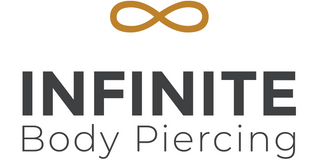
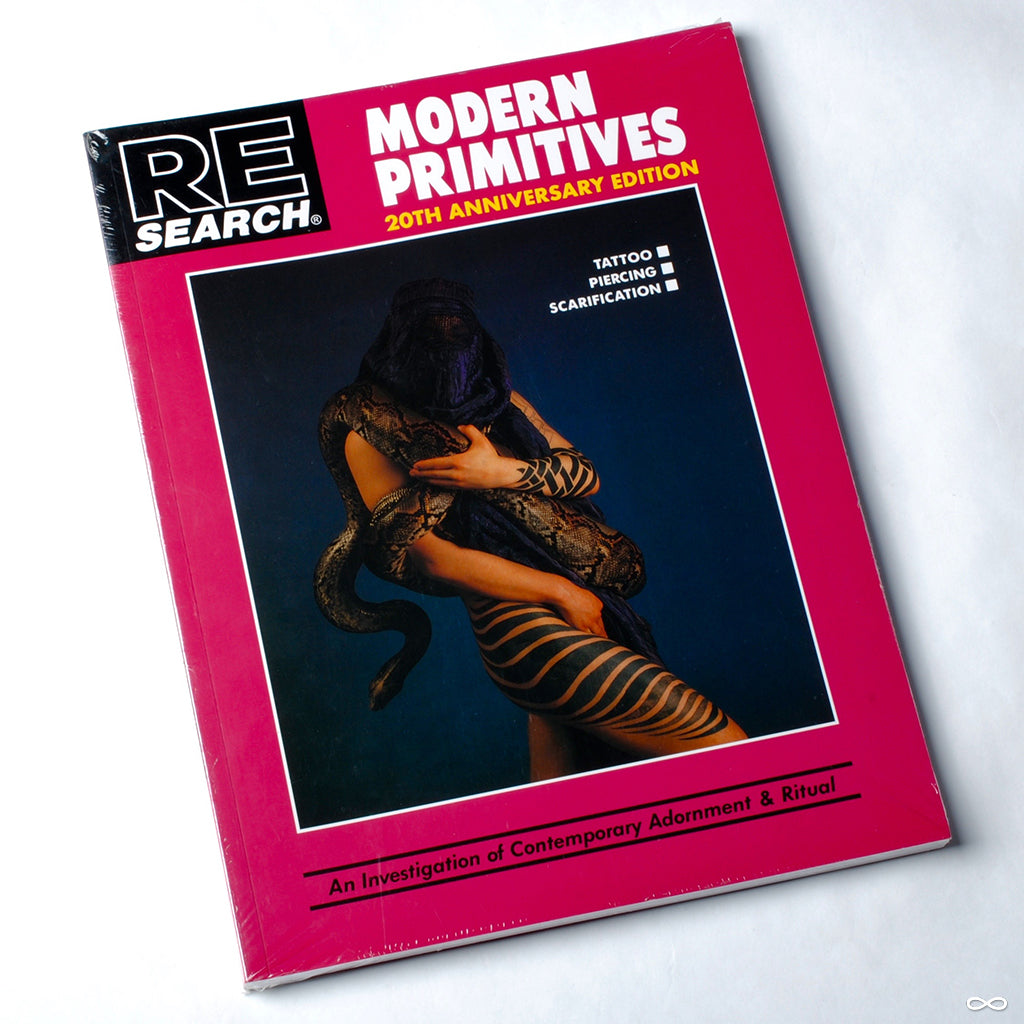
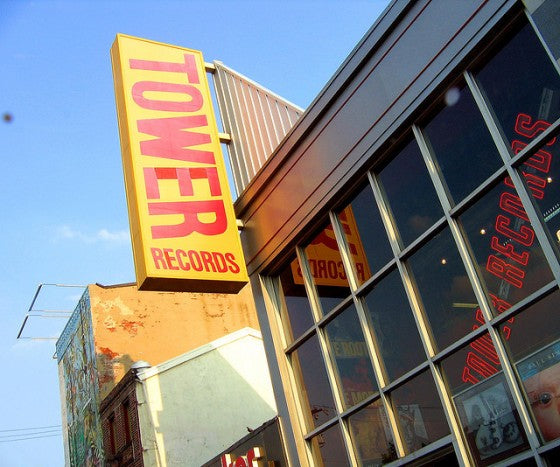

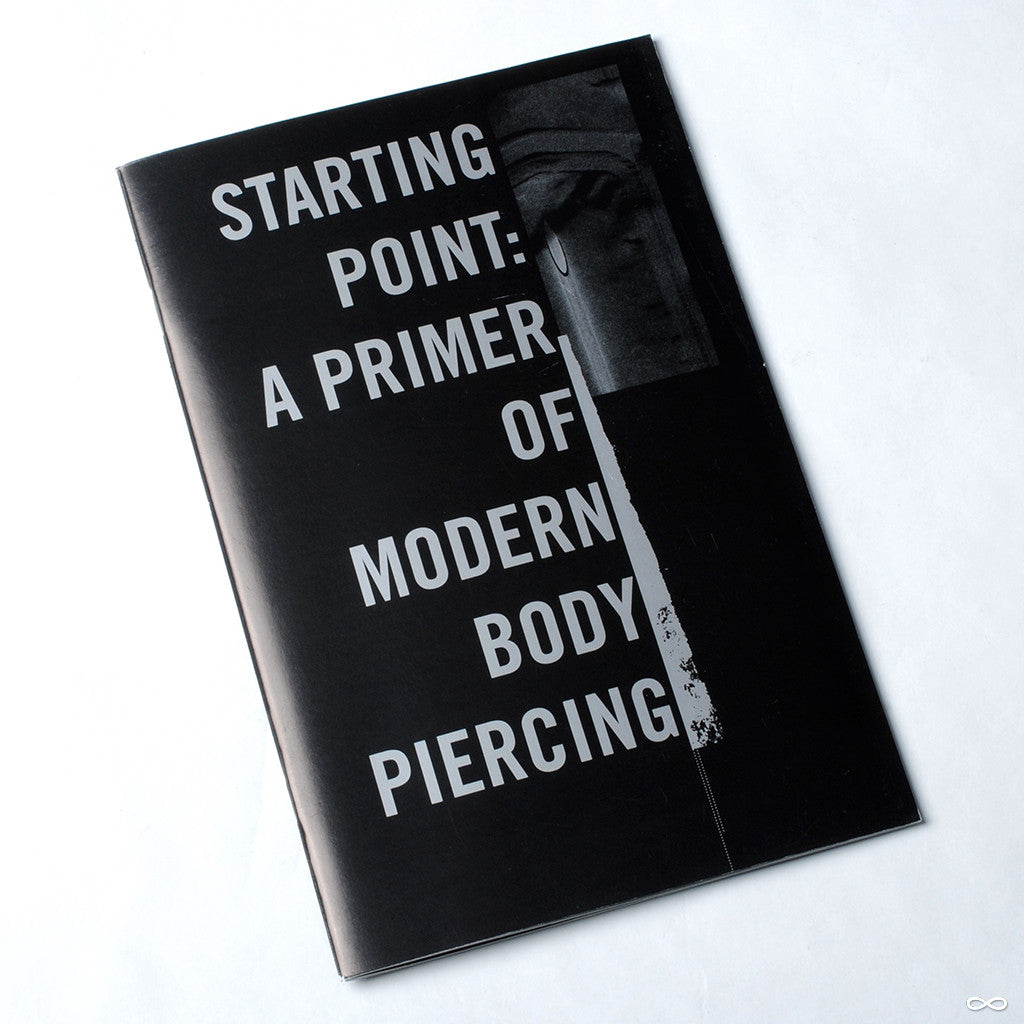
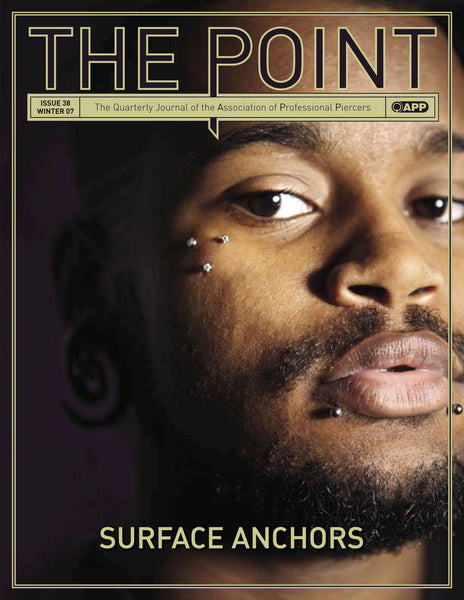
Comments
Leave a comment